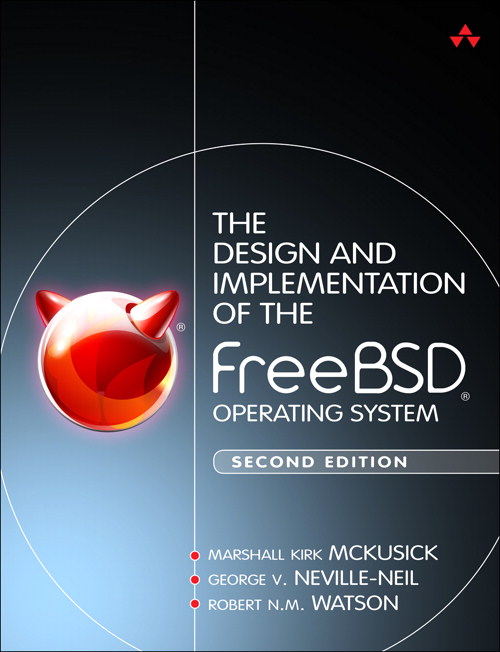
Now available: The Design and Implementation of the FreeBSD Operating System (Second Edition)
[ source navigation ] [ diff markup ] [ identifier search ] [ freetext search ] [ file search ] [ list types ] [ track identifier ]
FreeBSD/Linux Kernel Cross Reference
sys/contrib/device-tree/Bindings/gpio/microchip,pic32-gpio.txt
Version:
- FREEBSD - FREEBSD-13-STABLE - FREEBSD-13-0 - FREEBSD-12-STABLE - FREEBSD-12-0 - FREEBSD-11-STABLE - FREEBSD-11-0 - FREEBSD-10-STABLE - FREEBSD-10-0 - FREEBSD-9-STABLE - FREEBSD-9-0 - FREEBSD-8-STABLE - FREEBSD-8-0 - FREEBSD-7-STABLE - FREEBSD-7-0 - FREEBSD-6-STABLE - FREEBSD-6-0 - FREEBSD-5-STABLE - FREEBSD-5-0 - FREEBSD-4-STABLE - FREEBSD-3-STABLE - FREEBSD22 - l41 - OPENBSD - linux-2.6 - MK84 - PLAN9 - xnu-8792
SearchContext: - none - 3 - 10
SearchContext: - none - 3 - 10
1 * Microchip PIC32 GPIO devices (PIO). 2 3 Required properties: 4 - compatible: "microchip,pic32mzda-gpio" 5 - reg: Base address and length for the device. 6 - interrupts: The port interrupt shared by all pins. 7 - gpio-controller: Marks the port as GPIO controller. 8 - #gpio-cells: Two. The first cell is the pin number and 9 the second cell is used to specify the gpio polarity as defined in 10 defined in <dt-bindings/gpio/gpio.h>: 11 0 = GPIO_ACTIVE_HIGH 12 1 = GPIO_ACTIVE_LOW 13 2 = GPIO_OPEN_DRAIN 14 - interrupt-controller: Marks the device node as an interrupt controller. 15 - #interrupt-cells: Two. The first cell is the GPIO number and second cell 16 is used to specify the trigger type as defined in 17 <dt-bindings/interrupt-controller/irq.h>: 18 IRQ_TYPE_EDGE_RISING 19 IRQ_TYPE_EDGE_FALLING 20 IRQ_TYPE_EDGE_BOTH 21 - clocks: Clock specifier (see clock bindings for details). 22 - microchip,gpio-bank: Specifies which bank a controller owns. 23 - gpio-ranges: Interaction with the PINCTRL subsystem. 24 25 Example: 26 27 /* PORTA */ 28 gpio0: gpio0@1f860000 { 29 compatible = "microchip,pic32mzda-gpio"; 30 reg = <0x1f860000 0x100>; 31 interrupts = <118 IRQ_TYPE_LEVEL_HIGH>; 32 #gpio-cells = <2>; 33 gpio-controller; 34 interrupt-controller; 35 #interrupt-cells = <2>; 36 clocks = <&rootclk PB4CLK>; 37 microchip,gpio-bank = <0>; 38 gpio-ranges = <&pic32_pinctrl 0 0 16>; 39 }; 40 41 keys { 42 ... 43 44 button@sw1 { 45 label = "ESC"; 46 linux,code = <1>; 47 gpios = <&gpio0 12 0>; 48 }; 49 };
Cache object: d5ae2991a174bb939c4a5af282245b4c
[ source navigation ] [ diff markup ] [ identifier search ] [ freetext search ] [ file search ] [ list types ] [ track identifier ]